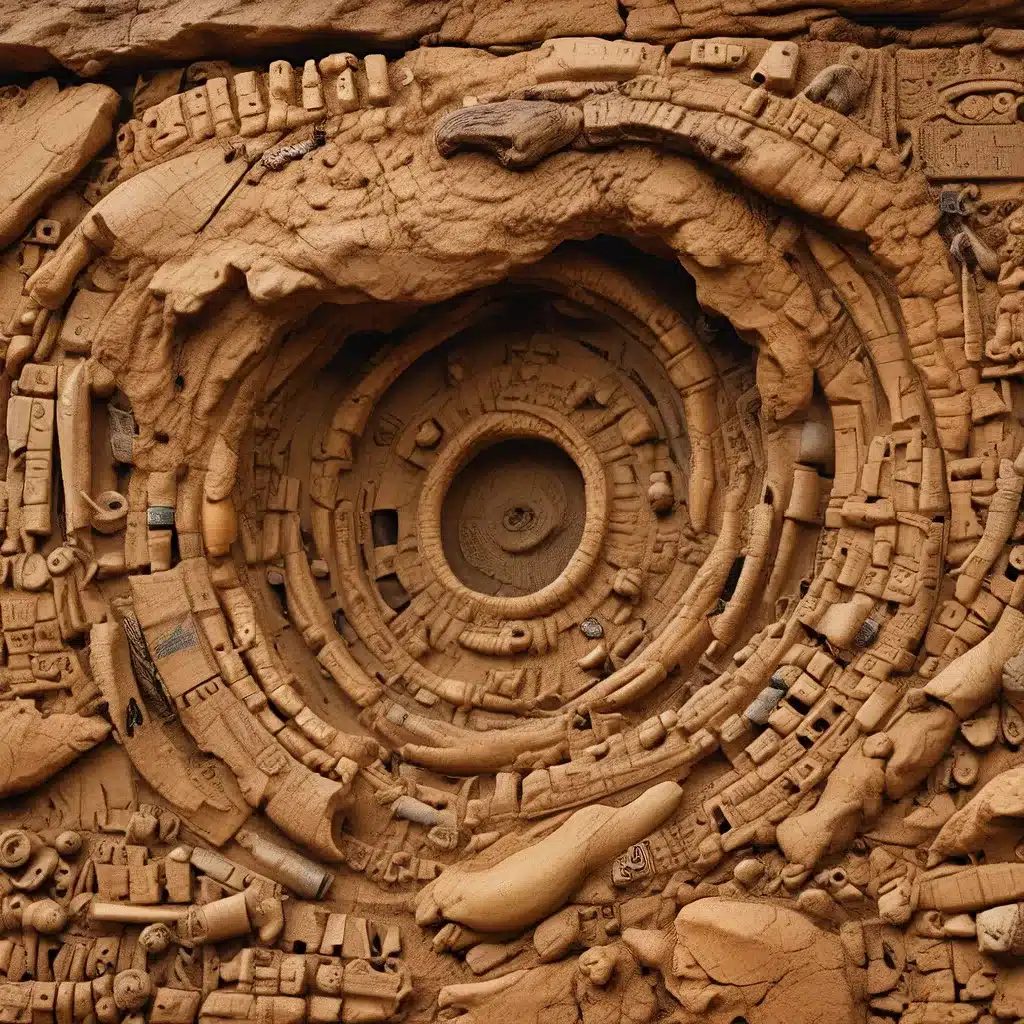
The Surprising Evolution of Dinosaur Ecosystems
The history of dinosaurs is a captivating tapestry woven with countless mysteries and remarkable discoveries. Paleontologists and archaeologists have long grappled with the enigma of how these ancient creatures adapted to their ever-changing environments, leaving behind a trail of clues that continue to fascinate scientists and the public alike.
One of the most intriguing aspects of dinosaur evolution is the remarkable diversity of ecosystems they inhabited. From the lush Jurassic forests to the arid Cretaceous landscapes, dinosaurs exhibited a remarkable ability to thrive in a wide range of climatic conditions. This adaptability is a testament to the ingenuity of these prehistoric giants, whose survival strategies continue to captivate our imaginations.
Recent research has shed new light on the role of microbial communities in shaping the environmental adaptations of ancient life. By examining the intricate interplay between microbes and their geochemical environments, scientists have uncovered fascinating insights into the mechanisms that allowed dinosaurs to flourish in diverse ecosystems.
Unraveling the Mysteries of Dolomite Formation
One such area of study that has long puzzled scientists is the formation of dolomite, a mineral that is abundant in ancient sedimentary rocks, yet elusive in modern environments. The so-called “dolomite problem” has been a subject of intense debate for over a century, as researchers have struggled to understand the factors that control the precipitation of this enigmatic mineral.
Recent findings have shed new light on this mystery, revealing the critical role that microbial communities play in the formation of low-temperature dolomite. By examining the dynamics of microbial mats in a modern sabkha environment in Qatar, researchers have uncovered a fascinating interplay between oxygenic and anoxygenic phototrophs, and the resulting changes in the composition of extracellular polymeric substances (EPS).
The study found that as the microbial community shifted between these two dominant groups, the concentration of carboxylic functional groups within the EPS also changed. Interestingly, it was during the periods when the anoxygenic phototrophs were more prevalent that the EPS composition became more favorable for the precipitation of dolomite.
Implications for Ancient Environments and Dinosaur Adaptations
This discovery has profound implications for our understanding of ancient environmental conditions and the adaptations of dinosaurs and other prehistoric organisms. The ability of microbial communities to influence the geochemical environment, and ultimately the precipitation of minerals like dolomite, suggests that these microscopic lifeforms may have played a crucial role in shaping the ecosystems in which dinosaurs thrived.
For example, the cyclic shifts in microbial community composition observed in the sabkha environment could have led to dynamic changes in the availability of nutrients, water, and oxygen – all of which would have had a significant impact on the ability of dinosaurs to adapt and survive. By understanding these intricate relationships between microbes, geology, and climate, we can gain valuable insights into the environmental factors that drove the evolution and diversification of dinosaurs over millions of years.
Uncovering the Fingerprints of Ancient Life
The findings from the Khor Al-Adaid sabkha study also have implications for our understanding of ancient sedimentary environments and the geologic record. The presence of dolomite in ancient rocks has long been used as a proxy for understanding past climate, ocean chemistry, and biological activity. However, the complex interplay between microbial communities, geochemistry, and mineral precipitation has often been oversimplified or overlooked.
By shedding light on the dynamic nature of microbial-mineral interactions, this research highlights the need for a more nuanced approach to interpreting the geological record. Dolomite, for example, may not simply be an indicator of specific environmental conditions, but rather a product of the intricate dance between microbes and their geochemical surroundings.
Similarly, the study’s findings suggest that the distribution and abundance of dolomite throughout Earth’s history may be closely tied to the evolution of atmospheric oxygen and the emergence of aerobic and anaerobic microbial metabolisms. This, in turn, could have had profound implications for the ecosystems in which dinosaurs and other ancient organisms thrived.
Bridging the Gap between Microbes and Macrofauna
The insights gained from the Khor Al-Adaid sabkha study underscore the importance of integrating microbial ecology and geochemistry in our understanding of ancient environments and the adaptations of prehistoric life. By recognizing the critical role that microbes play in shaping the physical and chemical characteristics of their environments, we can begin to unravel the complex tapestry of dinosaur evolution and the factors that allowed these remarkable creatures to thrive in such a diverse array of ecosystems.
As we continue to explore the rich fossil record and uncover new archaeological discoveries, it is essential that we adopt a holistic, interdisciplinary approach that bridges the gap between the microscopic and the macroscopic. Only by understanding the intricate relationships between microbes, minerals, and macrofauna can we truly decipher the enigmas of ancient life and its adaptations to a constantly evolving world.
The Lost Kingdoms is committed to furthering our understanding of these fascinating topics, bringing together the latest scientific insights and archaeological findings to shed light on the captivating history of our planet and the remarkable creatures that once roamed it.


